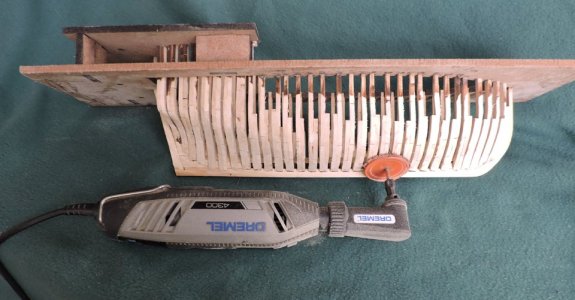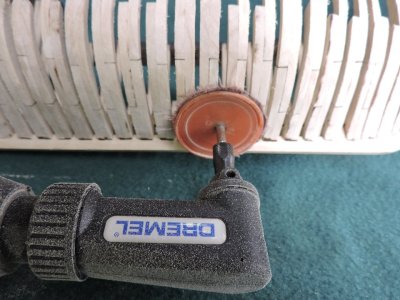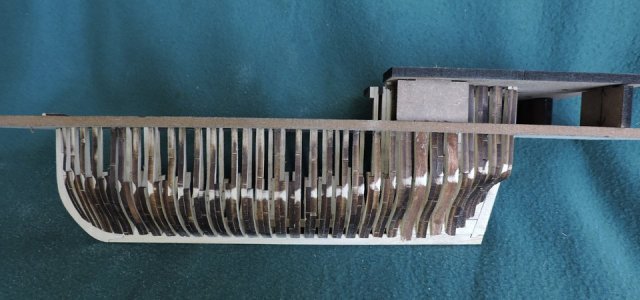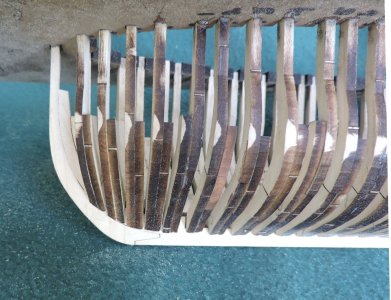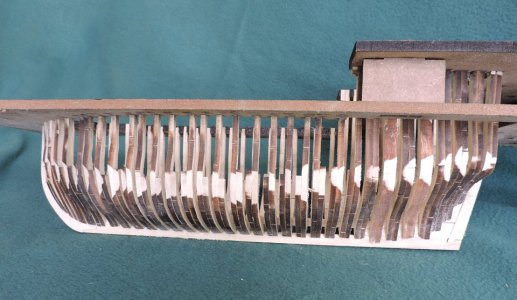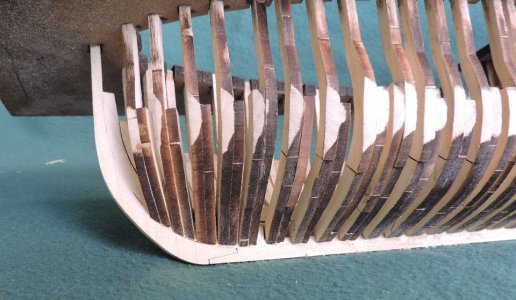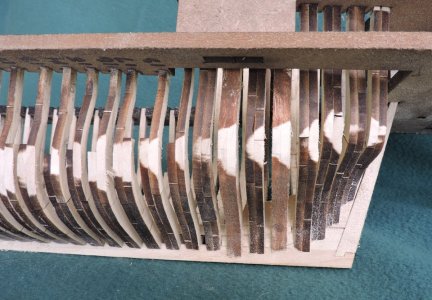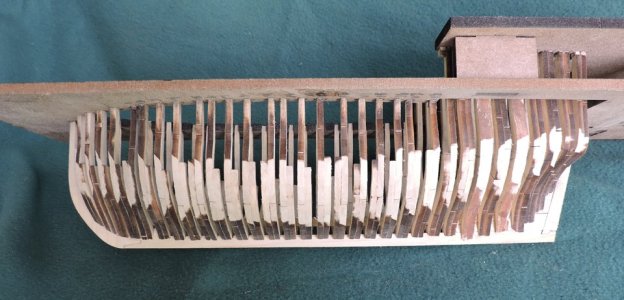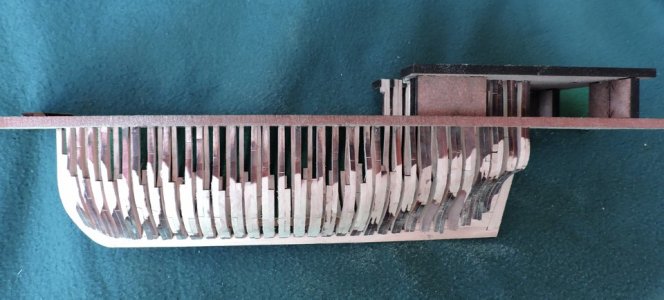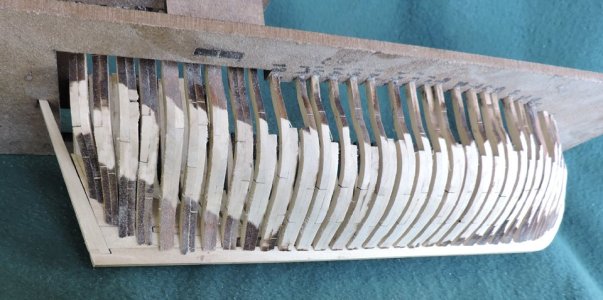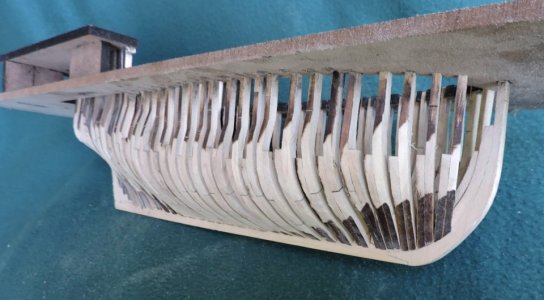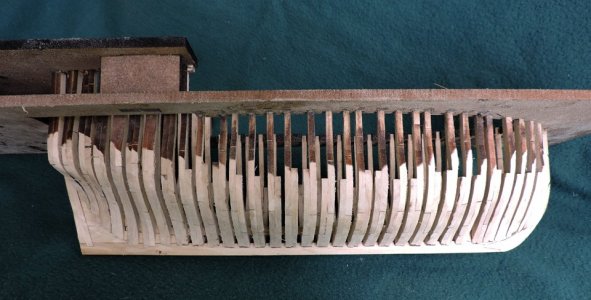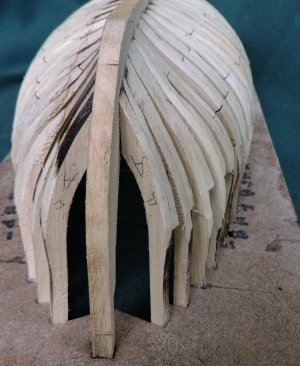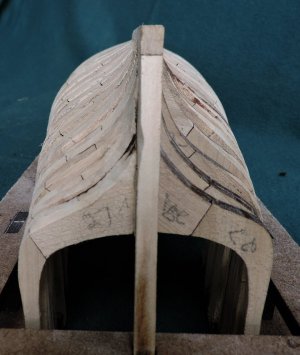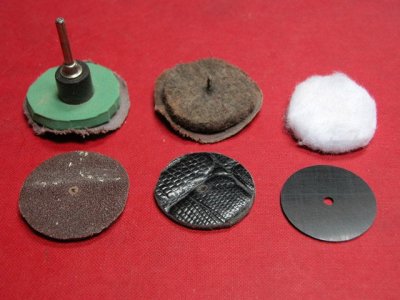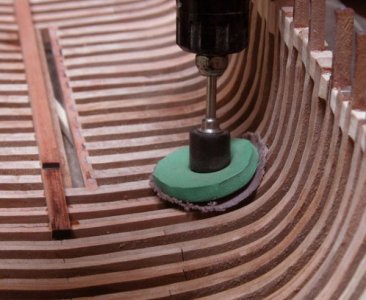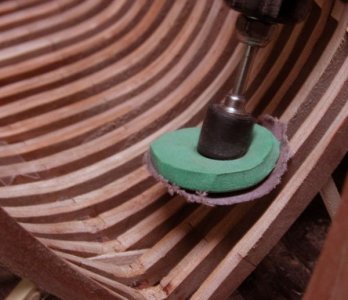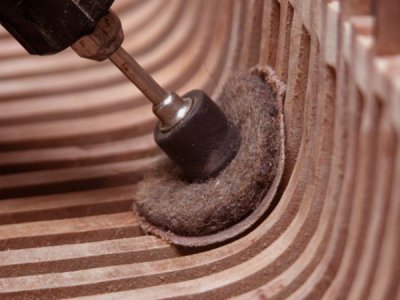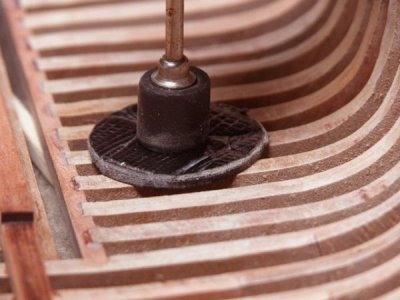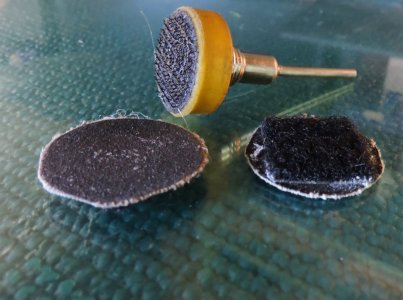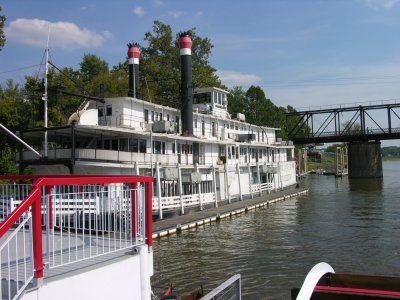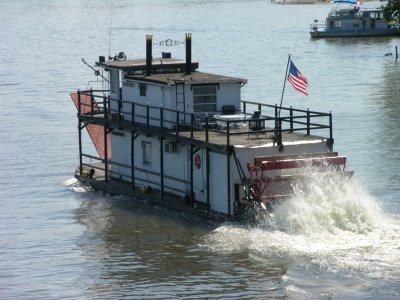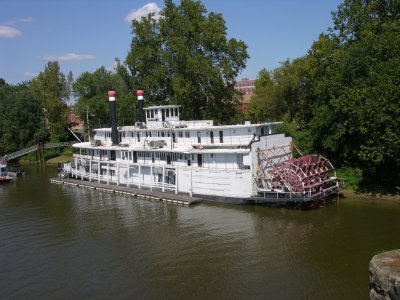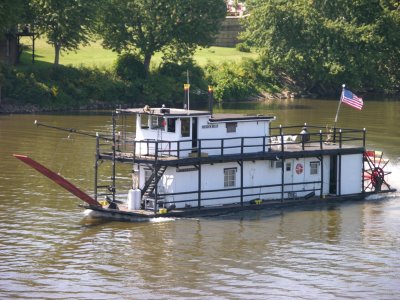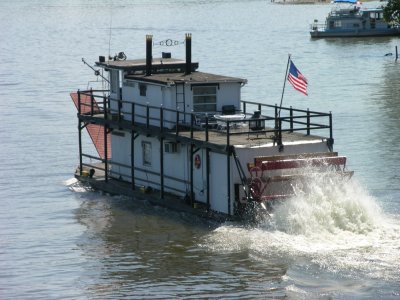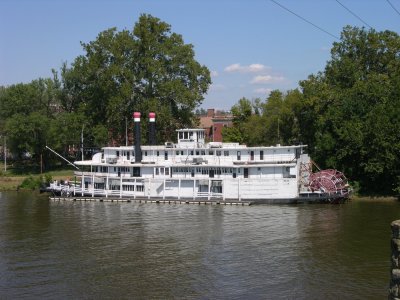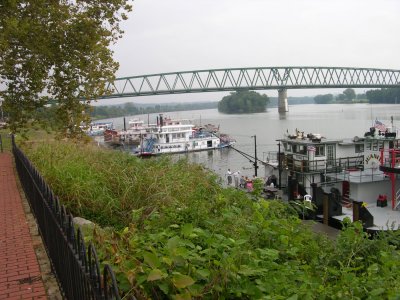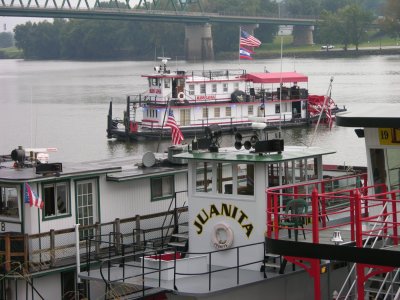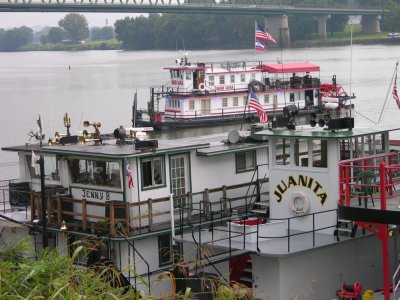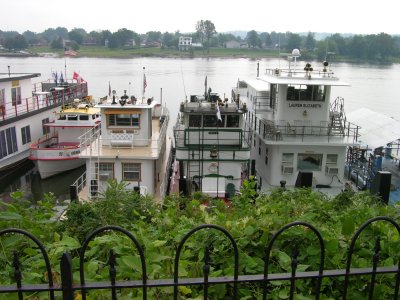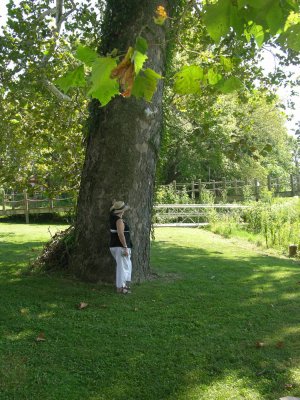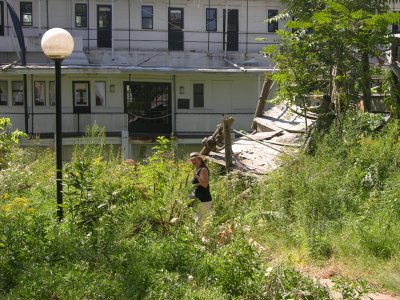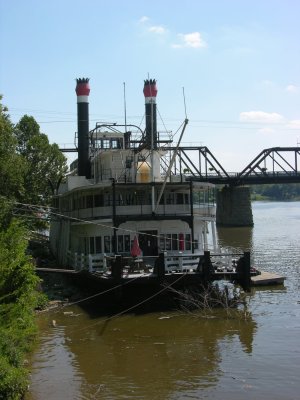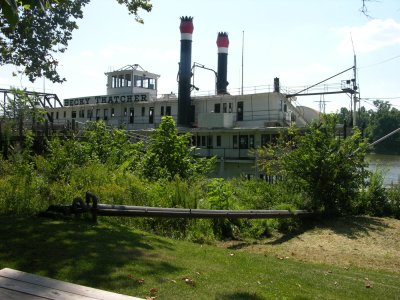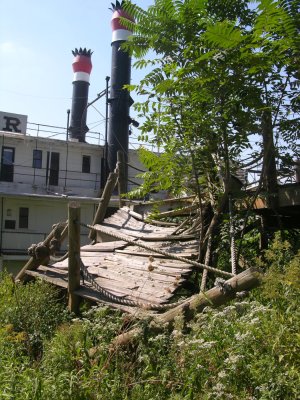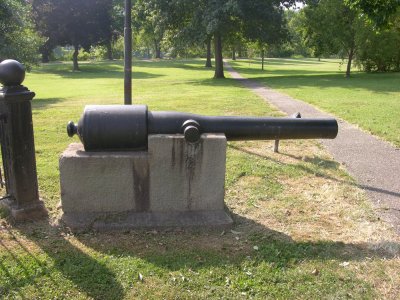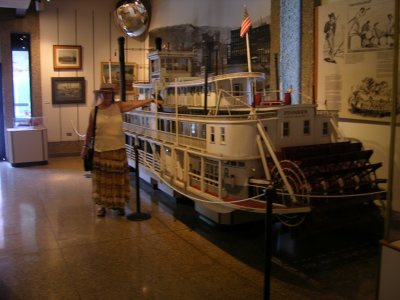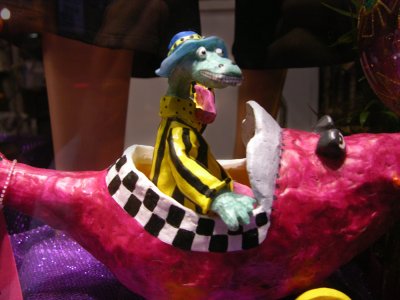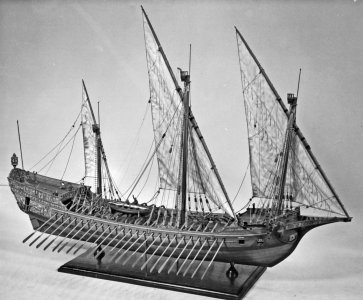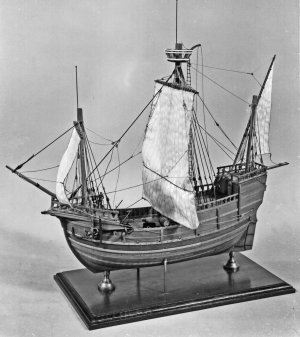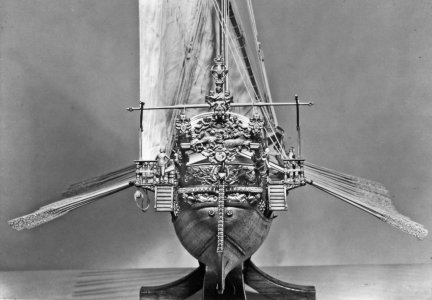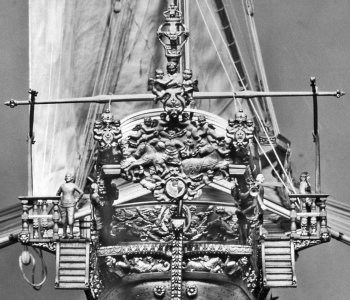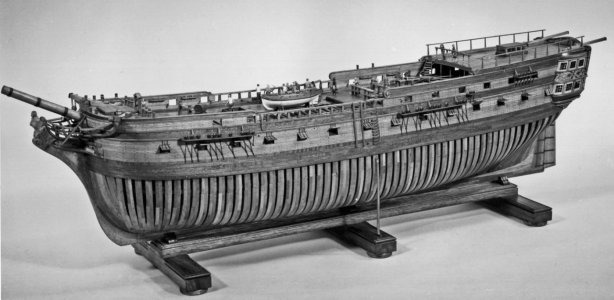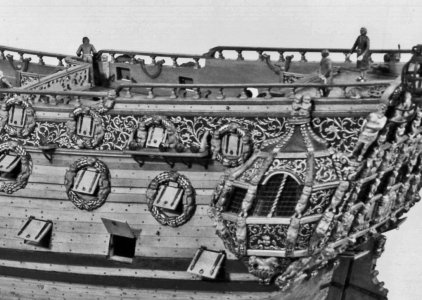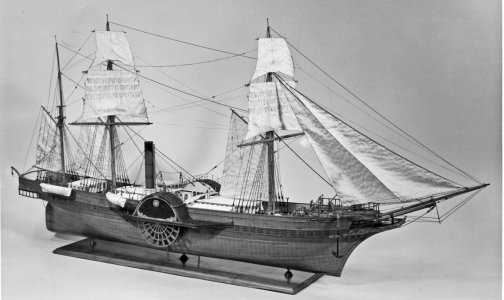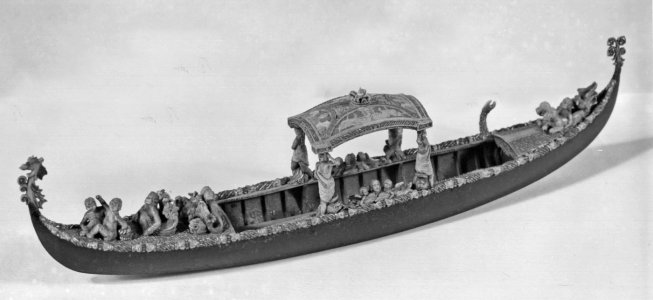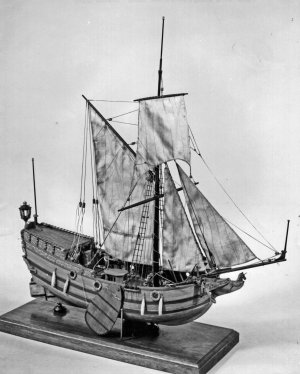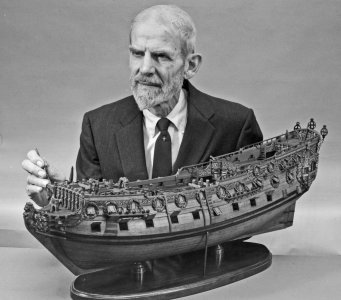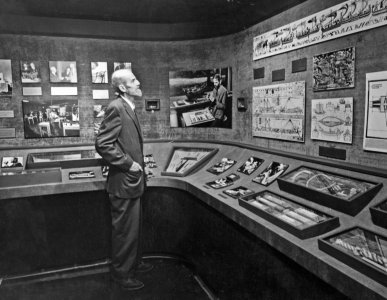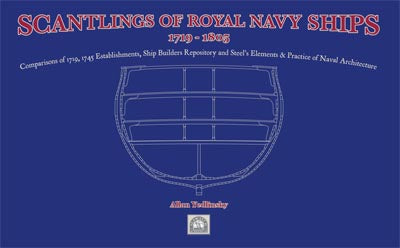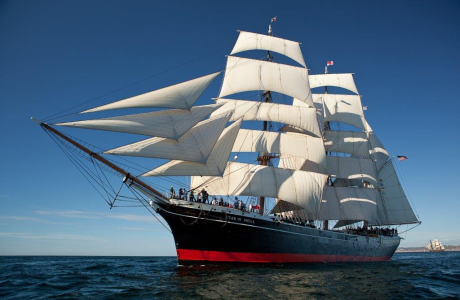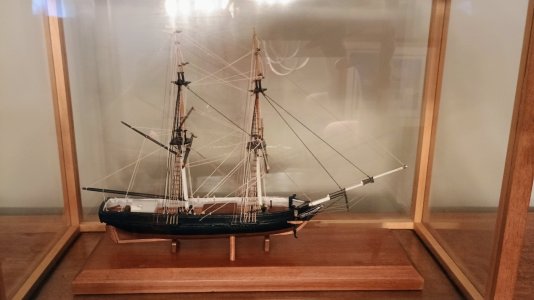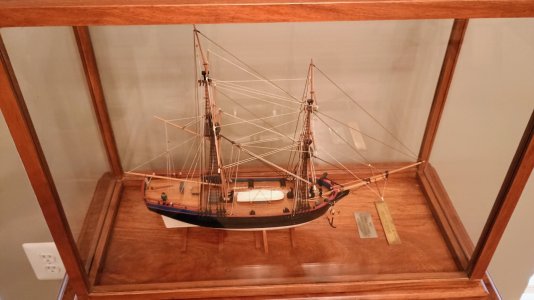- Joined
- Dec 1, 2016
- Messages
- 6,332
- Points
- 728

what i have here is a hull "as drawn" which does not mean i will be able to get a flowing shape and fair lines those "sweet curves" as they are called them down in the shipyard.
the two terms are as drawn and as built the war ships on the Lakes were built first and drawing made from what was built.
An impression some model shipwrights get is the planking of the hull gives shape to the hull. Not so. the planking is a skin over the hull shape. You need a good foundation under the planking.
This weeks work is the big test and to validate the drawings done in my virtual mold loft? or as they say back to the drawing board
story time
living on the shores of the Great Lakes there were ship builders still around and to this day you still find them. a story told to me by an old timer boat builder. his story sounds logical but believable well"
When the hull was framed up to the bow and sterns he said in the winter they packed the bow with snow and tossed water on the packed snow. It turned into an ice sculpture. They poured warm water along the stem and 1st frame so the entire piece fell out. Then it was sawn into patterns that were traced. The shape of the entrance and run make all the difference in how a ship sails and handles. Needless to say the shape of the hull and its planking was and is still the pride and joy of a shipwright.
the two terms are as drawn and as built the war ships on the Lakes were built first and drawing made from what was built.
An impression some model shipwrights get is the planking of the hull gives shape to the hull. Not so. the planking is a skin over the hull shape. You need a good foundation under the planking.
This weeks work is the big test and to validate the drawings done in my virtual mold loft? or as they say back to the drawing board
story time
living on the shores of the Great Lakes there were ship builders still around and to this day you still find them. a story told to me by an old timer boat builder. his story sounds logical but believable well"
When the hull was framed up to the bow and sterns he said in the winter they packed the bow with snow and tossed water on the packed snow. It turned into an ice sculpture. They poured warm water along the stem and 1st frame so the entire piece fell out. Then it was sawn into patterns that were traced. The shape of the entrance and run make all the difference in how a ship sails and handles. Needless to say the shape of the hull and its planking was and is still the pride and joy of a shipwright.


